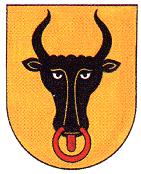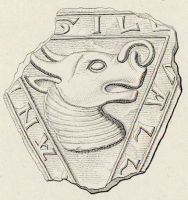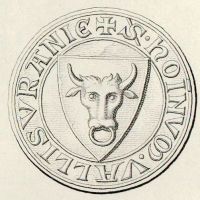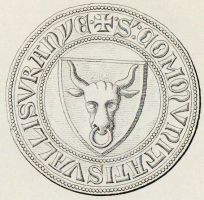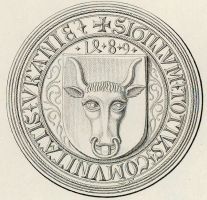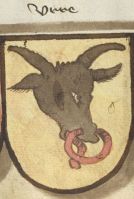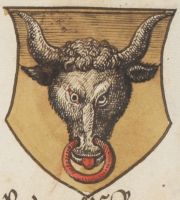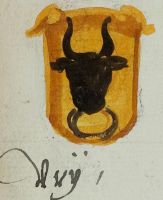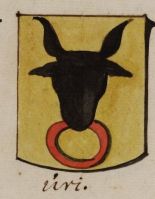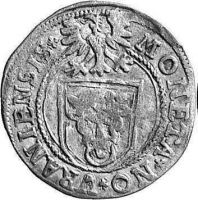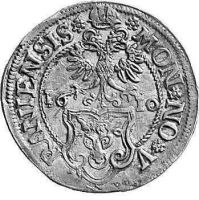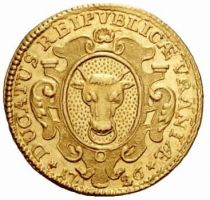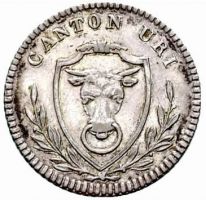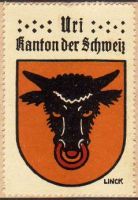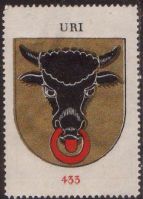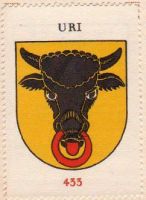Uri: Difference between revisions
Knorrepoes (talk | contribs) m (Text replacement - "th century" to "<sup>th</sup> century") |
Knorrepoes (talk | contribs) m (Text replacement - "'''Literature'''" to "'''[https://www.heraldry-wiki.com/bibliography/ Literature]'''") |
||
| Line 34: | Line 34: | ||
</gallery> | </gallery> | ||
'''[https://www.heraldry-wiki.com/bibliography/ Literature]''' : Mühlmann, L. : Wappen und Fahnen der Schweiz, Bühler Verlag, Lengnau, 1977 and 1997. | |||
{{ch}} | {{ch}} | ||
Latest revision as of 07:50, 20 March 2025
URI
Official blazon
Origin/meaning
The arms of Uri date from the early 13th century. The oldest known seal dates from 1249, but is probably older. It shows already a bull's head with a ring.
The bull was probably a canting symbol. The oldest Germanic tribes to settle in the area named the area Ur (wilderness). The land was inhabited by a kind of bulls, known as Urochs (Bos primigenus), the ancestor of our present cows.
The arms of the canton thus have basically not changed since.
Image gallery
The arms in a 16th century manuscript
The arms in the Wapen- en Vlaggenboek van Gerrit Hesman (1708)
Variation of the arms in the Kaffee Hag albums 1914-1960
Variation of the arms in the Kaffee Hag albums 1914-1960
Variation of the arms in the Kaffee Hag albums 1914-1960
Literature : Mühlmann, L. : Wappen und Fahnen der Schweiz, Bühler Verlag, Lengnau, 1977 and 1997.
Swiss heraldry portal
This page is part of the Swiss heraldry portal |
Heraldry of the World |
|
Swiss civic heraldry:
|
Other heraldry: |
Contact and Support
Partners:
Your logo here ?
Contact us
© 1995-2025, Heraldry of the World, Ralf Hartemink 
Index of the site
